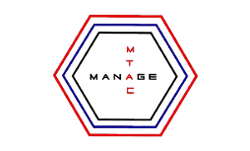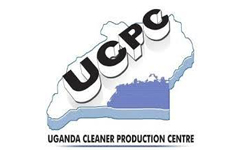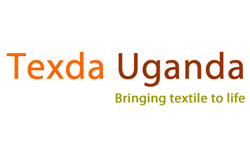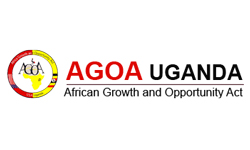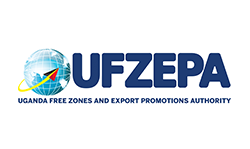New National AGOA Strategy to Improve Uganda’s Performance in AGOA
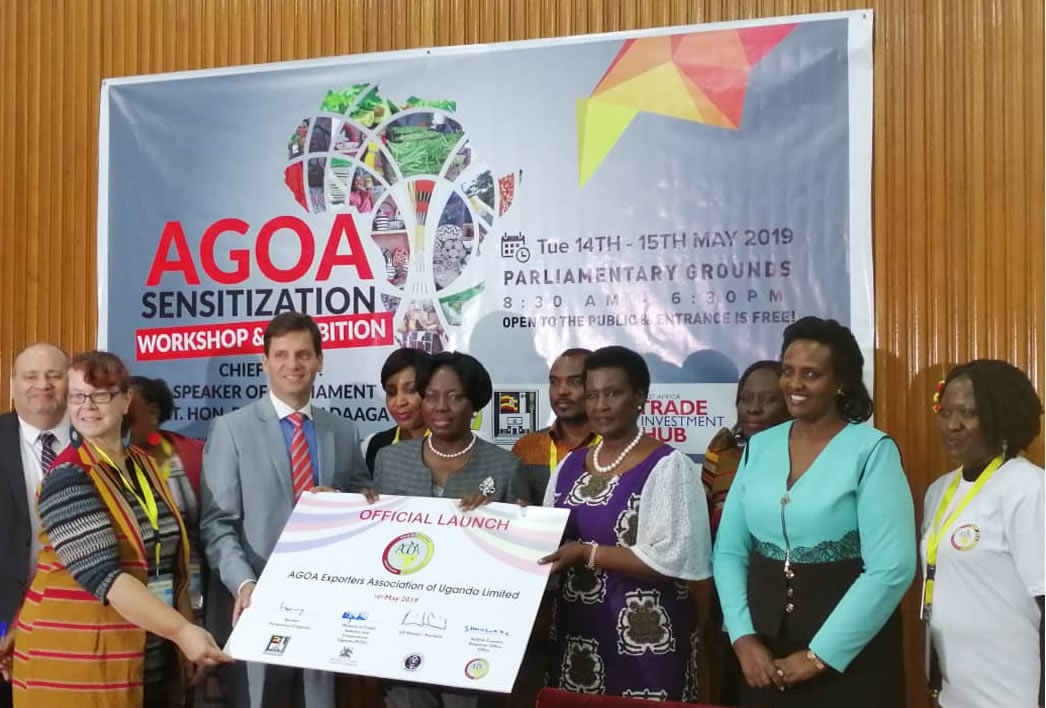
Uganda has embarked on the development of a new strategy in a bid to improve on her performance in AGOA which has remained far below the expectations. The National AGOA Strategy is being developed by the AGOA Secretariat under the supervision of the Ministry of Trade, Industry and Cooperatives.
While meeting the Trade Minister Amelia Kyambadde to brief her about the upcoming AGOA Forum in Washington DC in September 2016, the head of AGOA Secretariat and also Senior Presidential Adviser on AGOA and Trade Ms. Suzan Muhwezi said the development of the strategy is under progress with a draft in place and consultations ongoing. The meeting took place in the Minister’s office on Thursday 18th August 2016.
Ms. Muhwezi told the Minister that the strategy is focused on identifying 5 key products that Uganda can capitalize on and can easily penetrate the US market. She said AGOA has been a challenge to Uganda because most Ugandans do not a clear perception of the American market.
“We need to concentrate on the right products by identifying 3 or 5 key products where we have a comparative advantage and brand them Uganda, if we are to benefit from AGOA in the next 9 years left”, said Ms. Muhwezi.
Ms. Muhwezi said Uganda needs to be focused and offer the Americans what they need if we are benefit from AGOA.
Minister Kyambadde said Uganda will undertake a study on some of the proposed key products in the Draft National AGOA Strategy including shea butter, ginger and cocoa and explore the possibilities of building capacity of these products through increased productivity, improved quality and standards and value addition.
This comes as Uganda prepares to participate in the 2016 US – sub-Saharan Africa Trade and Economic Cooperation Forum (AGOA Forum) that will take place in September 22-26, 2016 in Washington D.C., United States. The theme of this year’s forum is “maximizing U.S.-Africa trade and investment: AGOA and beyond”.
Uganda is one of the beneficiaries of AGOA, but the country still has challenges with AGOA mainly on the issue of eligible products under the Act. Uganda’s trade in AGOA has been diminishing with exports reducing from $3.3 million in 2010 to $1.15 million in 2014. Uganda mainly exports agricultural products, forest products, textile and apparel, footwear and minerals and metals under AGOA.
Uganda has been advocating for an expansion of the eligible products on the AGOA list to include products where she has the potential for comparative and competitive advantage. Most of the products where Uganda has a comparative advantage like coffee, tea, sugar, peanuts, dairy, and tobacco are not on the list of eligible products under the AGOA.
Uganda has also faced a challenge on the rules of origin under AGOA which are said to be limiting Uganda’s exports to the US market. The current arrangement is that a value addition level of 35% must be attained on products whose inputs are imported from non AGOA countries in order to export them under the AGOA. However, this threshold of 35% on value addition is said to be very high for a Less Developed Country like Uganda.


